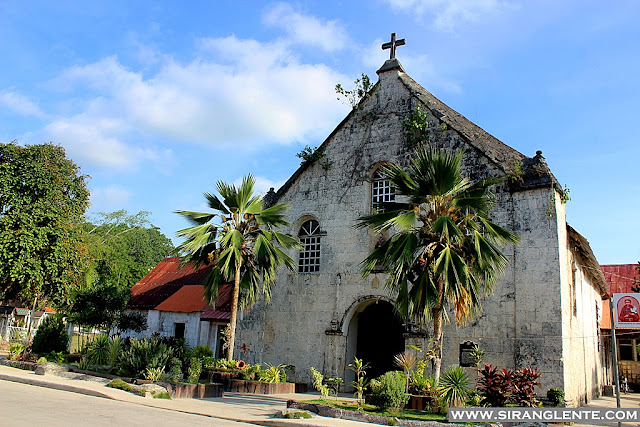
About Namacpacan Church
The Namacpacan Church, officially known as the Saint Catherine of Alexandria Parish Church and Shrine of Our Lady of Namacpacan, is a historic religious site located in Luna, La Union. Built in 1690 and completed in 1872, it features an Earthquake Baroque architectural style with thick walls and twin bell towers. The church is home to the 1.92-meter-tall image of Apo Baket, a revered wooden statue of the Virgin Mary, believed to be miraculous and canonically crowned in 1959. Declared a National Cultural Treasure, it draws thousands of pilgrims yearly, especially during feast days and Holy Week. The church complex also includes a healing well and museum, while its old convento has been converted into a school.



















